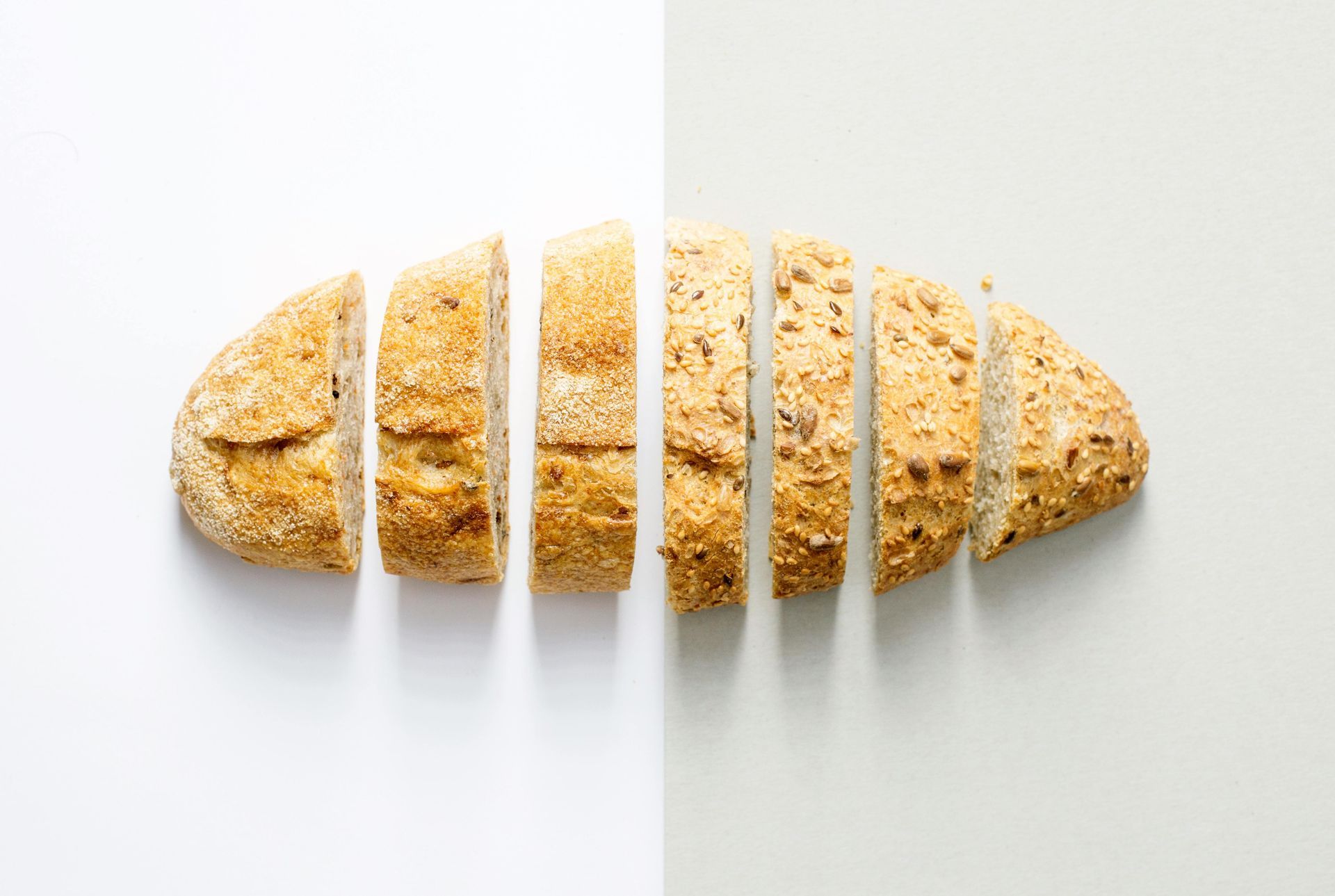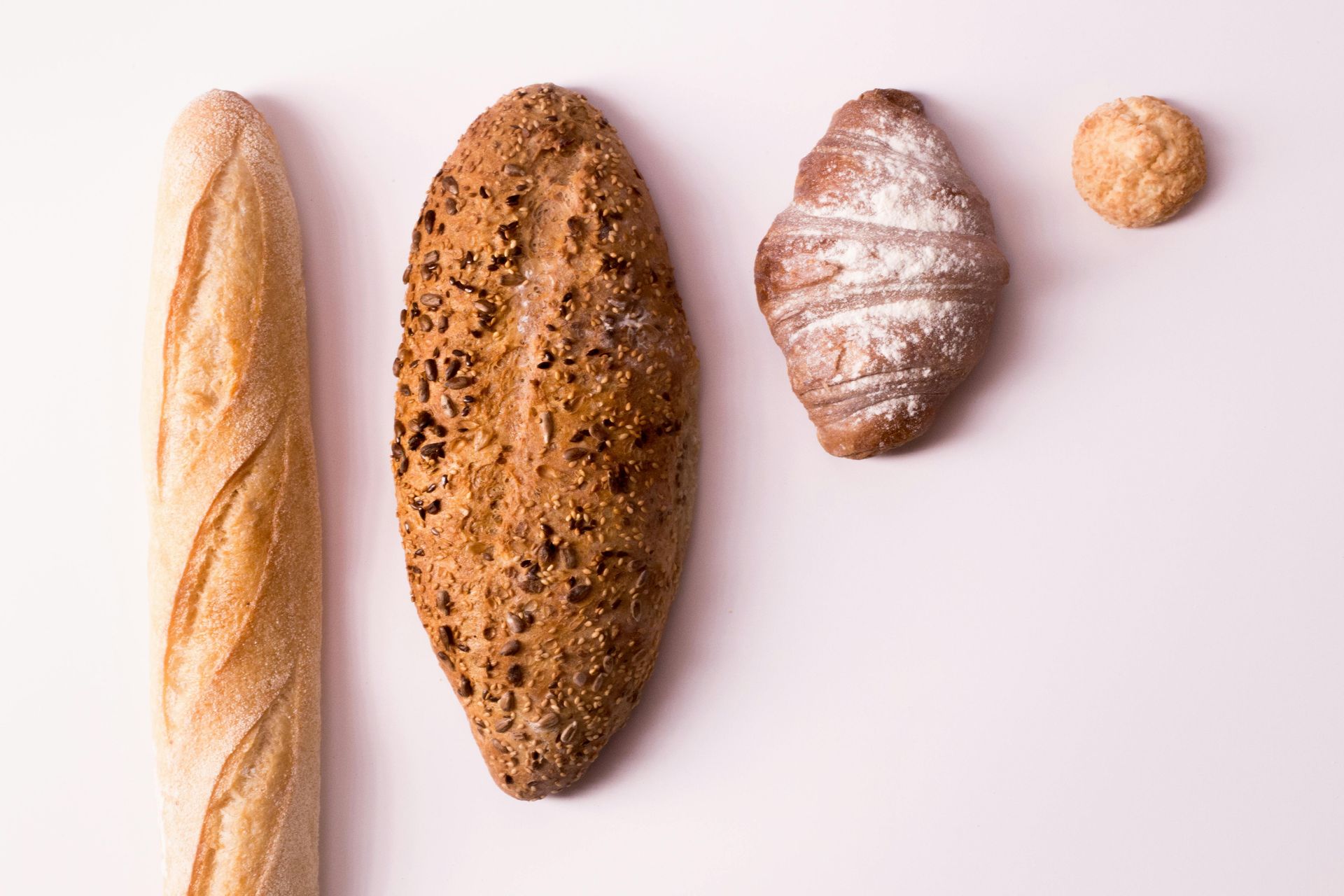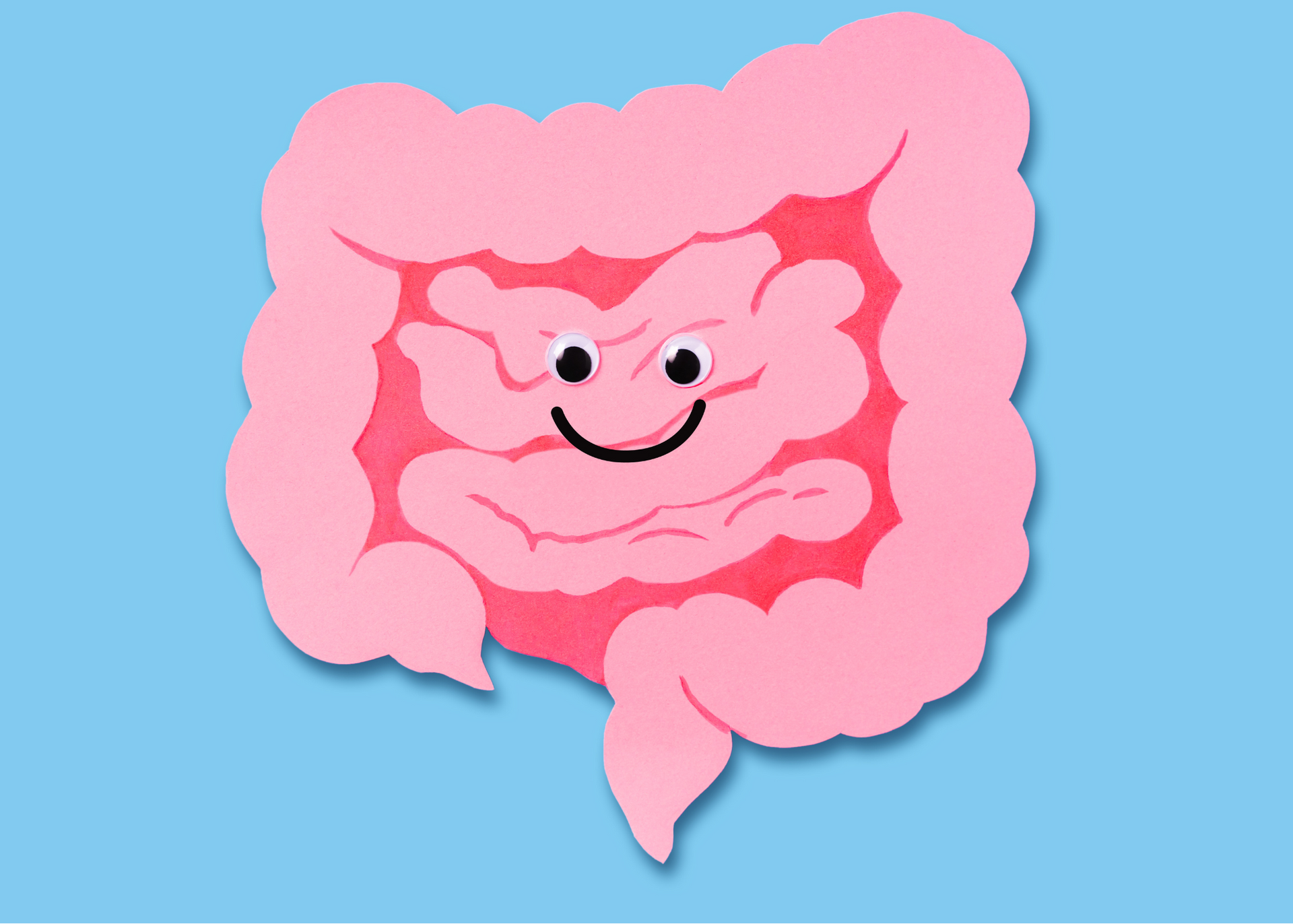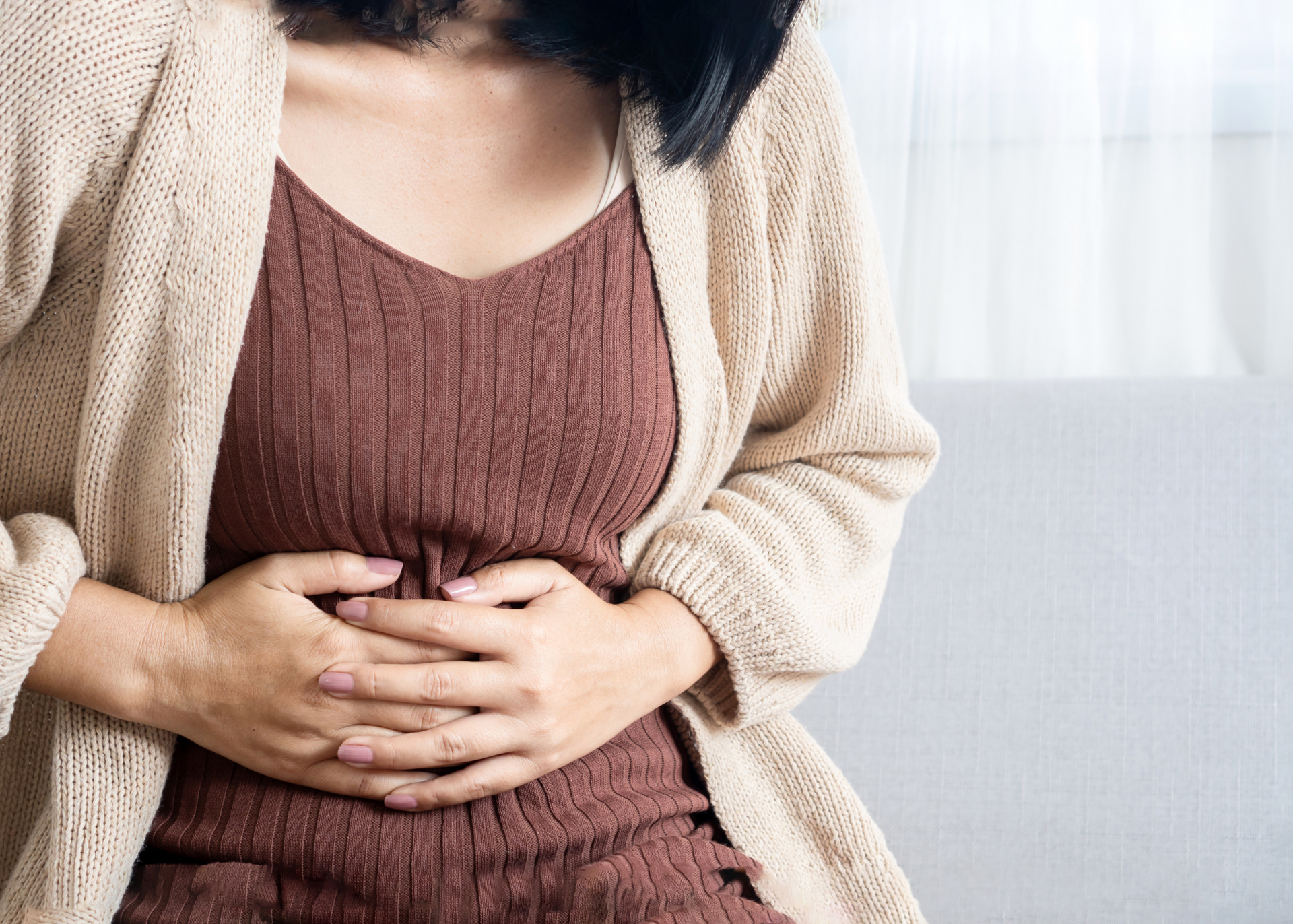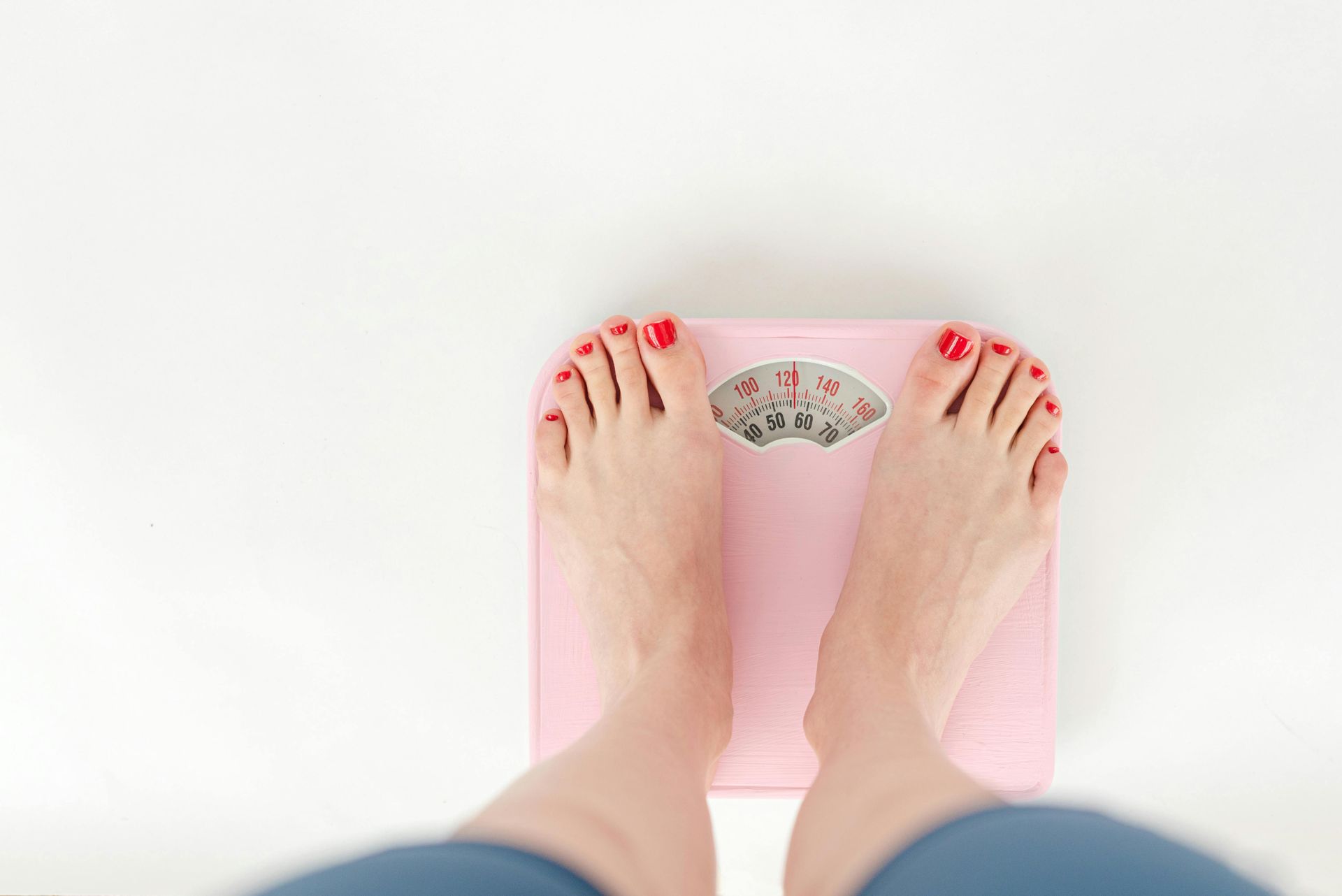Root Causes of Estrogen Dominance and How to Heal Naturally

In my last blog I covered the top signs and symptoms of estrogen dominance. If you read that article and think estrogen dominance may be to blame for your belly fat, fatigue, irregular periods, PMS, or sugar cravings, reading this article is a great next step.
In this article, we’ll cover:
- Causes of estrogen dominance
- How to naturally heal estrogen dominance with your diet
- How to naturally heal estrogen dominance with your lifestyle
- Testing for estrogen dominance
Causes of Estrogen Dominance
Diet
The food you eat plays a crucial role in maintaining balanced estrogen levels because the food we eat influences both estrogen production and estrogen removal from the body.
The food you eat can contribute to excess estrogen
production because blood sugar imbalances and insulin resistance are common root causes of unwanted weight gain. If you eat foods that don't balance your blood sugars, your body will pump out insulin and it will signal your body to store the food as fat.
Fat cells make and store estrogen, so having excess fat on your body can lead to estrogen dominance. A great first step to rebalancing your blood sugar is by eating a hormone-friendly breakfast.
Another common cause of estrogen dominance is chronic constipation. After estrogen goes through a detoxification process, it is removed from the body when we go #2. If you’re not going to the bathroom at least once per day, estrogen is removed from the body too slowly and it builds up over time.
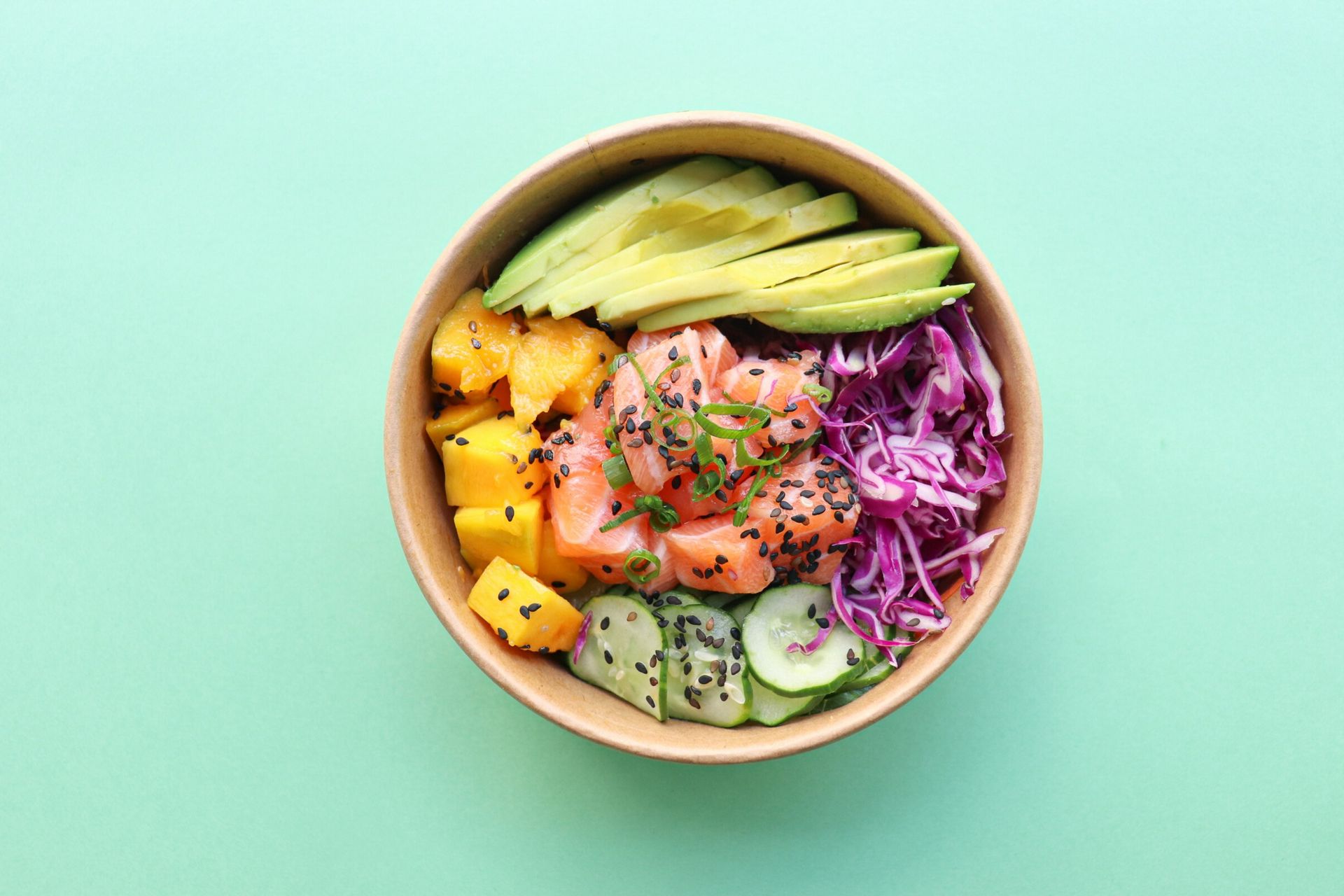
Soy and Estrogen Dominance
Phytoestrogens are plant estrogens that come from foods like legumes, soy, and flaxseeds.
Soy has received a lot of media attention as a food to avoid for healthy hormones because of these phytoestrogens.
What these articles fail to mention is that the research studies they are referring to are animal studies with mice and the mice are eating way more soy than a human would.
Although soy is estrogen-like, it isn’t
actually estrogen. Soy can have both mild estrogenic effects and anti-estrogenic effects on a woman’s body.
Mild Estrogenic Effect:
Phytoestrogens in soy can act like a weak form of estrogen in the body. They may mimic some of estrogen's effects, although much less strongly than the estrogen your body makes. This could potentially be helpful for women going through menopause, as it might help ease some of the symptoms associated with declining estrogen levels like hot flashes and bone density loss.
Anti-Estrogenic Effect:
On the other hand, the phytoestrogens in soy can also compete with the body's natural estrogen and block estrogen receptors. This means that in some cases soy might actually reduce the overall impact of estrogen in the body, which could be beneficial in conditions where excessive estrogen might be a concern, like certain types of breast cancer.
The effects of soy on estrogen levels can vary from person to person and depend on factors such as the amount of soy consumed, an individual's hormonal balance, and their overall health.
Overall, moderate consumption of soy appears to have a balanced effect on estrogen levels and soy is generally considered safe for most women.
When selecting a soy product, it is important to look for organic/non-GMO soy and minimize highly processed soy from foods like fake meats, protein bars or packaged foods that contain modified soy protein.
Hormone-balancing soy options include edamame, tofu, tempeh, and miso.
Endocrine Disruptors
Endocrine disruptors or “hormone disruptors” are chemicals that can mimic the action of our natural hormones, block our natural hormones, and/or change how our endocrine system usually works.
This can prevent hormones in our body from working like they're supposed to.
In women these chemicals can disrupt hormone levels, menstrual cycles, fertility and pregnancy, and they can even increase the risk of reproductive organ cancers like ovarian cancer, cervical cancer, and uterine cancer.
Hormone disruptors are found in plastics, personal care products (lotion, hair products, makeup, etc.), and synthetic pesticides sprayed on non-organic food.
Many of the products we use on our skin and hair contain harmful endocrine disruptors and can influence estrogen balance. Look for products free of parabens, triclosan, PFAS, phthalates, etc.

Stress
When stress levels are high and our body is making a lot of cortisol, it signals to the brain “we’re not safe enough to get pregnant this month”.
The brain responds by sending out signals to slow down the two hormones that encourage estrogen and progesterone production, FSH and LH.
This either causes your body to shut down the production of progesterone or shut down the production of both estrogen and progesterone. If it only shuts down progesterone, you can become very estrogen dominant.
High stress levels can also increase inflammation which affects estrogen receptors, leading to estrogen dominance. I’m sure it’s easy to see how stress alone can have a huge impact on your estrogen balance.
It’s important to remember stress can come in many different forms.
Your body can feel stressed from physical stressors like
skipping breakfast, under-eating, over-exercising, inflammatory foods, or not getting enough sleep, just as much as it can feel stressed from a job, a rocky relationship, finances, or the loss of a loved one.
How to Heal Estrogen Dominance Naturally
If you are struggling with estrogen dominance, you don't have to be. There are so many ways you can heal estrogen dominance naturally. In my Restore Program I guide women, step-by-step, through how to rebalance all of their hormones and feel amazing. I'm going to share some free tips here to get you started!
Eat Your Way to Healthy Hormones
There are countless ways to use your diet to improve estrogen dominance. I go into detail in this blog post, but I'll give you a few highlights here!
Effective ways to
- Cut back on sugar/fast-burn carbs
- Get more fiber
- Include cruciferous vegetables
- Eat liver-supporting foods
Cut back on sugar/fast-burn carbs
Cutting back on sugar and fast-burn carbs helps keep blood sugars stable and reduces inflammation throughout the entire body.
Sugar can be found in foods like candy, desserts, ice cream, and soda, but watch out for sneaky sources too. Swap fast-burn carbs like white bread for slow-burn carbs like sweet potatoes and quinoa.
Get more fiber
Research estimates 95% of Americans don't get enough fiber.
Include fruits and vegetables on the reg, but also don't forget about other fiber-packed foods like nuts, seeds, beans, whole grains, and avocados.
This chia seed pudding is a delicious, easy way to boost your fiber intake and also get in some anti-inflammatory omega-3 fats.
Include cruciferous vegetables
Cruciferous vegetables contain phytonutrients DIM (diindolylmethane) and IC3 (indole-3-carbinol) which support estrogen detoxification in the liver as well as the gut.
DIM and IC3 help break down and remove estrogen from the body on a regular basis to improve estrogen dominance, and they can also help prevent estrogen dominance once you get your levels balanced.
Eat liver-supporting foods
Our liver where we metabolize extra estrogen so it can be removed from the body.
Liver-supporting foods include bitter foods like dandelion, radish, arugula, milk thistle, fenugreek, turmeric, beets, eggs, garlic, cranberries, and fatty fish like salmon.
Make Small Lifestyle Shifts
Instead of trying to make ten changes to your lifestyle all at once, focus on one small shift at a time. Once you feel like a shift is your new normal and doesn't require much effort to maintain, add in the next shift. This sets you up for long-term success.
Some powerful lifestyle changes to consider:
- Reduce your alcohol intake
- Swap hormone-disrupting products for non-toxic options
- Improve your sleep quality, and get enough
- Manage your stress levels
Reduce your alcohol intake
Reducing your alcohol consumption will directly improve your liver health and support estrogen detoxification. Estrogen levels tend to be higher in women who drink alcohol than in non-drinkers. Even one drink per day can create an unwanted increase in estrogen levels!
Wondering if your glass of organic red wine is full of heart-healthy antioxidants? Research now concludes no level of alcohol is helpful for our health.
Swap hormone-disrupting products for non-toxic options
Start paying attention to the products you use, from the lotion you slather onto your skin to the air freshener in your car. Those chemicals are absorbed into your body, whether its from putting them on your skin or breathing them in, and the effects are scary.
Swapping these hormone-disrupting chemicals for non-toxic options will not only help with symptoms of estrogen dominance, but it will also reduce your risk of estrogen-dependent cancers like breast cancer.
Avoid plastics, hormone-disrupting personal care products, and lean on the Clean Fifteen and Dirty Dozen to make decisions about what types of produce to prioritize buying organic.
Improve your sleep quality, and get enough
Sleep is critical for hormone balance, including estrogen balance. Six hours of sleep and an extra cup of coffee won't cut it.
Make sure you're getting enough sleep, and optimize your sleep quality by paying attention to your morning and evening routines, lowering the temperature at night, and cutting back on evening screen time.
Manage your stress levels
Manage stress to keep cortisol, estrogen and progesterone at healthy levels.
Walking, journaling, yoga, or mindfulness practices can all help reduce stress, but it’s most important that you find something that works for
you.
The best stress-management techniques are the ones you're going to stick with!
Move Your Body
Exercise is great for eliminating endocrine disruptors via sweat, supporting overall estrogen detoxification, and burning excess estrogen-producing fat cells. Prioritize strength-based exercise to build lean muscle and support metabolism, and don't be afraid to get sweaty.
Push yourself, but be careful not to overdo it since overexercising can increase cortisol and estrogen levels.
Walking is a wildly underrated exercise that I recommend to women all the time because of its wide-ranging benefits like more balanced hormones, improved gut health, higher-quality sleep, and better mental health.

Testing
Testing can be an awesome tool for determining the root cause of a hormonal imbalance.
The DUTCH test is the gold standard for hormone testing. The DUTCH test measures all your sex hormones as well as hormone metabolites, and other helpful markers that can show us an inside look at nutrient levels, stress levels, and detoxification.
There are also other tests that offer clues about your hormone health:
- A hormone panel through bloodwork
- A liver panel and/or stool test to assess estrogen elimination
- A thyroid panel to assess for hypothyroidism which is commonly caused by estrogen dominance (hypothyroidism can also cause constipation, creating a never-ending cycle of low thyroid and estrogen dominance)
- A comprehensive metabolic panel, HbA1c level, and fasting insulin level to assess blood sugar control
Need more support?
If you’re struggling with symptoms of estrogen dominance and feeling overwhelmed, the Restore Program is the perfect solution.
In the Restore Program I walk you through all the hormone-balancing essentials including cellular hydration, the ins and outs of non-toxic products, how to build a hormone-balancing plate, stress reducing techniques that only take five minutes, and more.
Plus, you get access to live calls with me every single month, helpful resources and handouts you get to keep forever, and over 65 hormone-balancing recipes to get you well on your way to hormonal harmony.
Want to test your hormone levels to get a look inside of your body and take your health to the next level?
After completing the Restore Program you are eligible to
apply to work with us one-on-one for comprehensive testing and a customized plan made just for you. We specialize in hormone balance and would love the chance to be a part of your journey to healing.
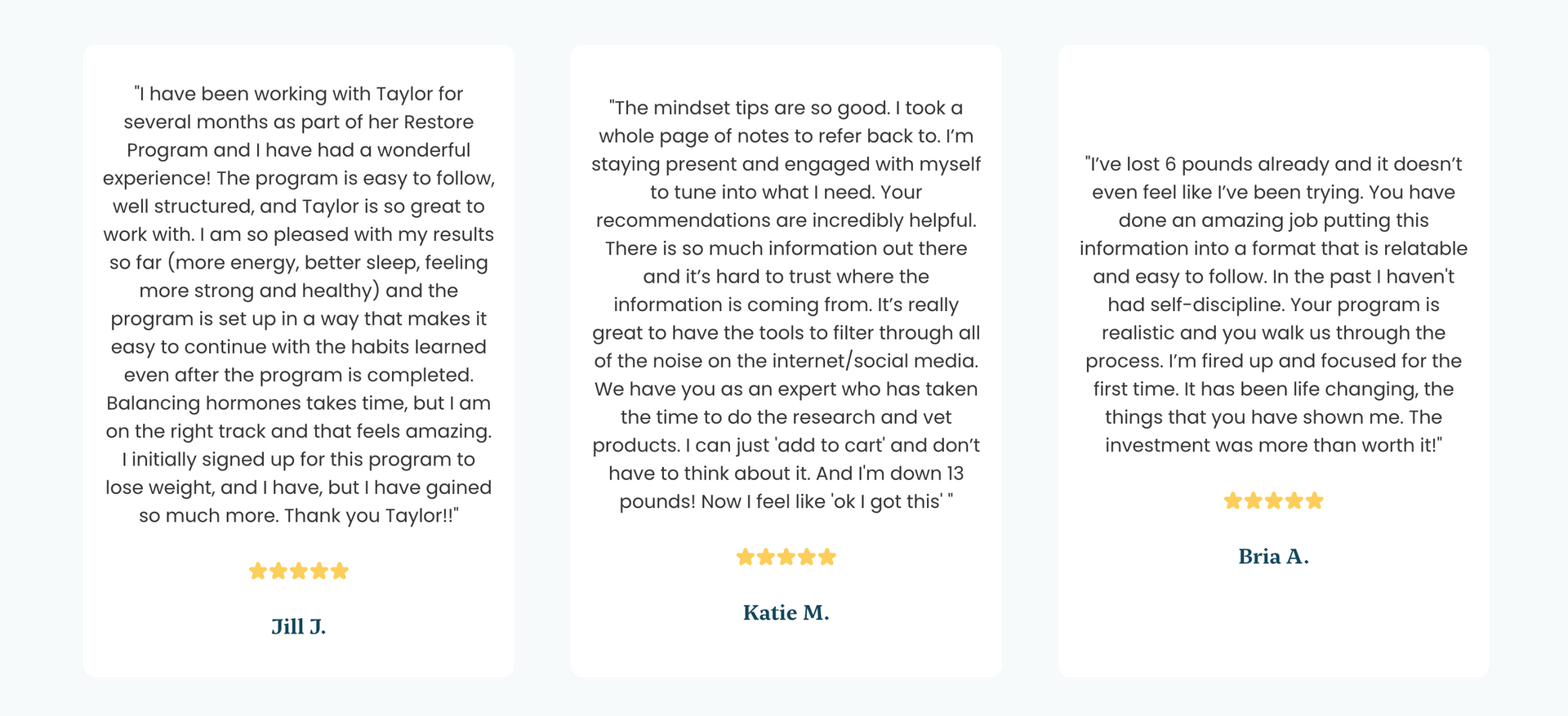
You Have the Power
Knowledge is power! Understanding your hormones is the first step to taking control over your body and starting down the path to naturally restoring your hormone balance.
Your body is always sending you clues about what’s going on behind the scenes. Tune into how you feel to begin understanding how your hormones fluctuate, and pay attention to whether any of your symptoms point to estrogen dominance.
You don’t have to be alone on this journey, and with the right knowledge and tools I’m confident you can navigate the challenges of estrogen dominance, bring your body back into balance, and pave the way for a healthier, happier you.
Continue Reading





